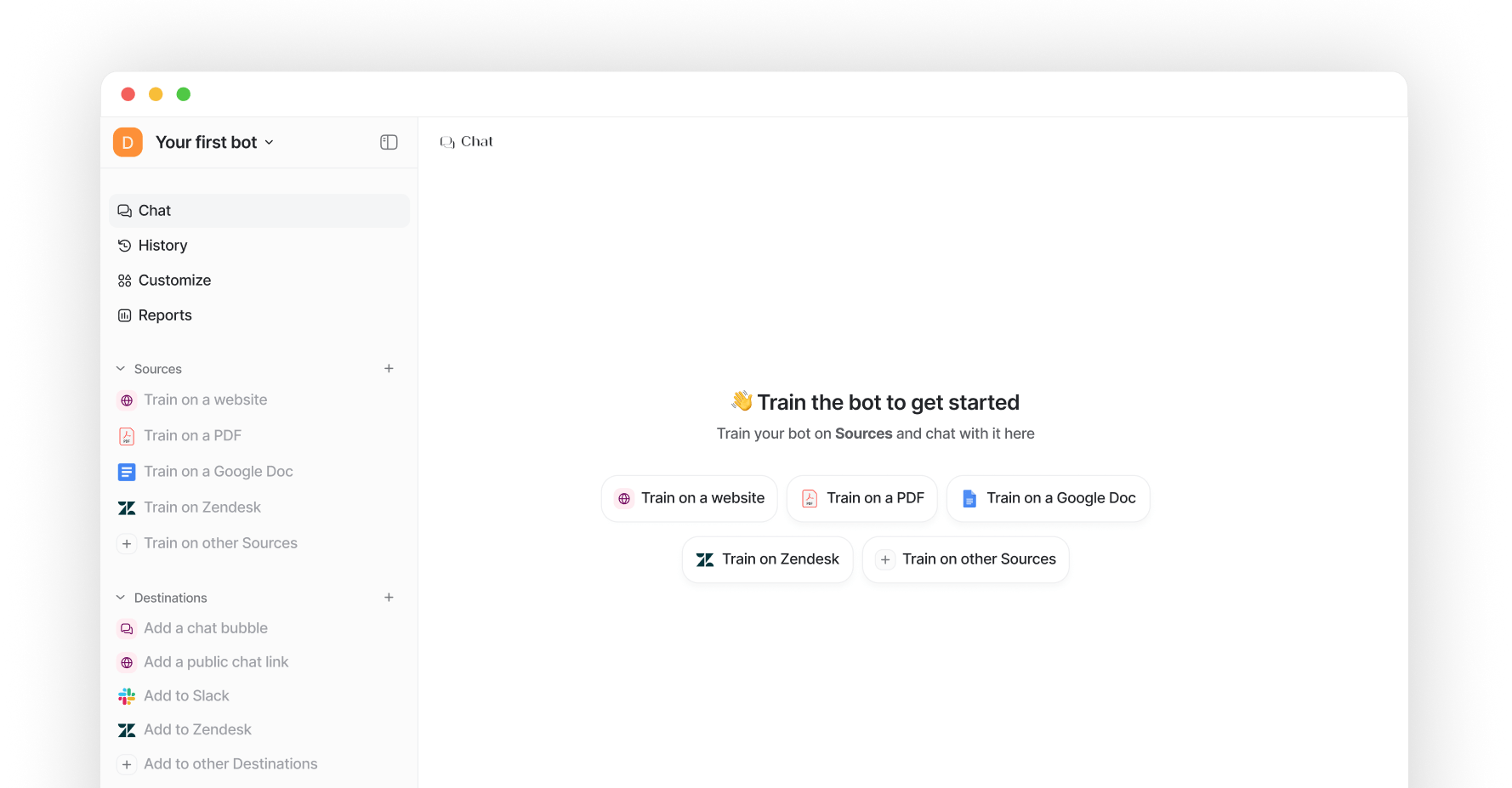If you’re managing a Confluence workspace, automating repetitive tasks and improving workflows are probably high on your priority list. Setting up a Rovo agent can help streamline collaboration, saving you time while boosting team productivity. This guide will walk you through how to create and configure a Rovo agent in Confluence.
Why use a Rovo agent?
Think of a Rovo agent as your digital assistant in Confluence. Whether it’s answering frequently asked questions, automating document processes, or routing tasks, a Rovo agent takes on the repetitive stuff so you can focus on the fun stuff. Rovo isn’t great with its integration options, so if you want additional integrations and more uses for your AI, don’t forget to check out eesel AI.
Before you get started
Preparation is key. Here’s what you’ll need to ensure a smooth setup process:
- Permissions: Make sure you have admin rights in Confluence. You’ll need them to create or manage agents. You should also be aware of how many users will be on the sites your Rovo will be activated – this has a big impact on your bill. You can find more pricing info here.
- The Rovo app: Confirm the app is installed and fully functional in your workspace.
- Clear objectives: Outline what the agent should do. Guiding users, automating processes, or answering specific queries are all common uses for agents.
Step-by-step: Setting up a Rovo agent
Step 1: Open the Rovo agent interface
Log into Confluence and head to the Rovo app in your integrations or apps menu. You’ll find an option to create a new agent or edit an existing one.

Step 2: Define your agent’s purpose
What role will the agent play? Focus its functionality on one or two key areas, like helping team members find resources or automating routine workflows.

Step 3: Configure key settings
- Agent name and description: Choose a name that reflects the agent’s purpose, and add a description for clarity.

- Permissions: Give your Rovo agent access to the right knowledge.

Step 4: Add actions and workflows

This is where your agent comes to life. Add workflows for tasks like:
- Responding to queries based on specific Confluence pages.
- Automating actions like creating or editing documents.
- Running scripts for consistent, repetitive processes.
Step 5: Test your agent
Before launching, test the agent thoroughly. Simulate common scenarios to make sure everything works as expected. You can do this by opening up a Confluence page and selecting the Chat button. Look for gaps or misconfigurations that might trip users up.

Step 6: Deploy and monitor
Once it’s ready, deploy your agent. Keep an eye on its performance and collect feedback to make improvements. Nothing is perfect the first time around!
Troubleshooting: Common issues and fixes
Even the best setups can run into snags. Here’s how to handle common problems:
- Agent isn’t responding: Double-check permissions and make sure workflows are set up properly.
- Incomplete or incorrect responses: Update the agent’s knowledge base with additional information or refine workflows.
- I’m being charged a crazy amount for Rovo. Why?!:
- Integration issues: Make sure the Rovo app is up to date and compatible with your Confluence version. Review Atlassian’s limited integration options in case your platforms aren’t available, and consider alternatives like eesel AI.
Rovo agents can be expensive and involve a few hurdles to really set up right. By automating routine tasks, they free up your team to focus on strategic work.
If you’re looking for even more integration options, give eesel AI a try with our free trial. It works seamlessly with Confluence, Google Drive, Slack, and more, offering powerful customization and automation without breaking the bank.




